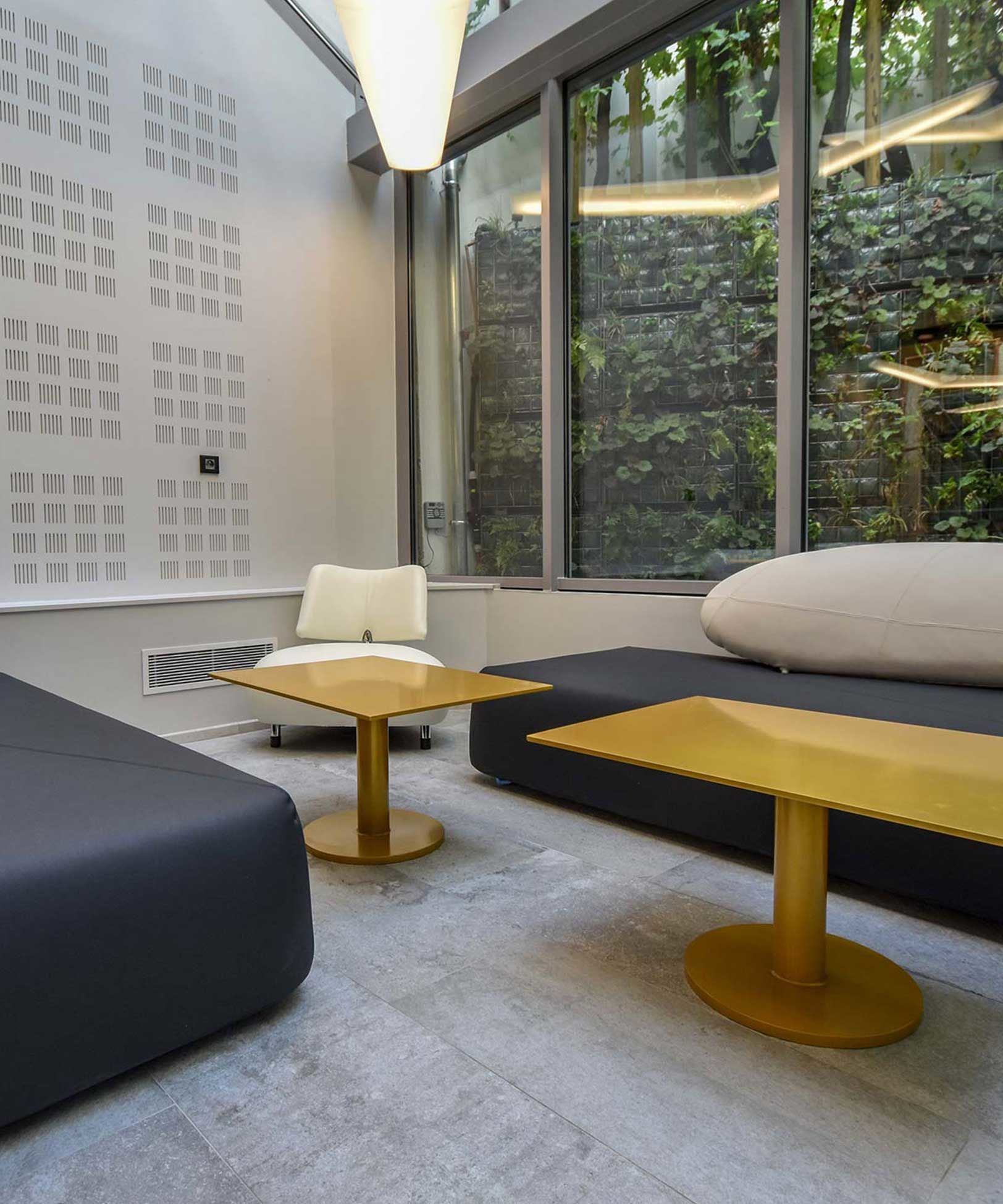The whole history of Place d’Italie in Paris
Located in the 13th arrondissement of Paris, Place d’Italie is a hub of Parisian urban transport. It is also a place steeped in history, embodying both tradition and modernity. Discover the history of Place d’Italie , a true reflection of the evolution of the French capital over the centuries.
The origins of Place d’Italie
Until the 17th century, Piazza d’Italie was only a rural area, called “Campo di Fiore” (or Field of Flowers). The official birth of the square will be marked by the construction of a church dedicated to Saint Hyacinthe. From there, the Place d’Italie will continue to evolve.
Foundation and development: the evolution of a Parisian place
Place d’Italie began to anchor itself in Parisian history during the 18th century. It is then a mandatory crossing point for all travelers who wish to enter the capital. A tax was imposed on all those who wanted to cross the wall of the Farmers General, the tax enclosure of the Ancien Régime. The location was strategic, since it represented an obligatory passage for all people heading south , and in particular towards Italy.
From the 19th century, Baron Haussmann, responsible for modernizing the capital at the request of Napoleon III, transformed Place d’Italie into a true urban crossroads . With its Haussmann-style boulevards and modern buildings, the place becomes a point of convergence that facilitates circulation and commerce.
Why is it called “Italy Square”?
In 1860, the square was named “Italy Square”, because it represents the starting point of the main road which directly connects the capital to Italy (today the N7). It is also located a stone’s throw from Avenue d’Italie. When they say that “all roads lead to Rome”, from the Place de l’Italie, it’s even more true!
The role of Place d’Italie in the urbanization of Paris
At the beginning of the 20th century, Place d’Italie became a strategic location which strongly contributed to the urban expansion towards the south of the Paris region. Indeed, the construction of large boulevards, then later, the establishment of the tramway and the metro, greatly facilitated the transport of goods and the movement of Parisians . Since then, Place d’Italie has become a particularly dynamic commercial and business center.
Architectural elements and emblematic monuments
Place d’Italie is today marked by great architectural diversity, a true testimony to its history. It is then surrounded by monuments and buildings which reflect its importance within the capital.
The town hall of the 13th arrondissement: a symbol of local administration
The town hall of the 13th arrondissement of Paris is one of the most emblematic monuments of this district. Built at the end of the 19th century on Place d’Italie, the building is characterized by its 4 cut stone buildings, all built at different periods. Thus, the main building, founded by the architect Paul-Émile Bonnet, is inspired by the neoclassical style, while the wings on the Boulevard des Gobelins and Boulevard de l’Hôpital display more of a Republic style.
In 2019, the facade of the Paris 13 town hall underwent very major renovations. A much-needed project, since the last restoration work dated from 1988.
Modern towers: a sign of modernity and controversy
Already in the 1960s, Paris 13 had plans to build a huge building , larger than the Montparnasse tower. The arrival of Valéry Giscard d’Estaing to power will cancel this Apogée tower project, and the height of buildings in several Parisian districts will be capped.
In 2010, the removal of the ceiling marked the return of IGH (high-rise buildings) in the 13th arrondissement. Several towers were then built, including the Duo towers (2nd highest inhabited tower in Paris after the Montparnasse tower). These two asymmetrical towers , Duo 1 and Duo 2, were designed by Jean Nouvel and stand out in the landscape. But this symbol of modernity and innovation is not unanimous, and some consider that they tarnish the urban landscape.
Recent changes and developments around Place d’Italie
Over the past decades, Place d’Italie has been the scene of many changes. These modifications always aim to improve the quality of life of residents , and to adapt to contemporary needs.
Renovation and urban development projects
Since the 19th century, numerous transformation and renovation projects have been undertaken to modernize Place d’Italie. The latest, and most important, took place in 2019. If half of the surface area of the square is reserved for automobile traffic, a considerable effort has been made to facilitate the movement of cyclists , and a pedestrian zone has been created. been created . The objective: to make the heart of the square, where the greatest transformations have taken place, more accessible, so that it becomes a pleasant place to stroll:
- A more accessible and comfortable park, with the creation of pedestrian crossings which facilitate access to the central garden. The paths of the green space are also rehabilitated and more accessible to people with reduced mobility;
- Water features, and in particular a 380 m² water mirror in the heart of the garden, have been created, so that the place becomes an island of coolness during hot weather;
- Relaxation areas, with a lawn area that has doubled , planted areas and the planting of 10 ornamental trees;
- An artistic lighting design, with lighting more than 8 meters high which diffuses colored lights .
The impact on local life and commerce
Not so long ago, reaching Place d’Italie on foot was a real challenge. Today, the increase in pedestrian zones and the reduction in car traffic have had a very positive impact on businesses and local life. The atmosphere is more friendly , and the living environment is more pleasant , which attracts new traders. For their part, businesses benefit from increased traffic and a more diversified clientele.
Visit Place d’Italie today: what not to miss
Today, Place d’Italie is one of the main must-visit areas for tourists. There are shops, green spaces, cultural and historical places, all in a friendly and peaceful setting.
Tips for exploring the area around the square
To fully enjoy the neighborhood, don’t limit yourself to Place d’Italie. After discovering the garden and the architecture of the buildings surrounding it, take the time to stroll around the surrounding area. The Asian district is, of course, a must to discover Chinese culture, but you can also discover the different museums , such as the Gobelins factory.
And if you want to immerse yourself in picturesque Paris, head to Butte -aux-Cailles , in this village-like neighborhood.
The best places to drink and eat around Place d’Italie
After beautiful walks, you deserve a break! Near Place d’Italie, there is no shortage of restaurants, bistros and cafes . The B55 hotel team recommends the Florina, for refined cuisine, the Station Krishna for an Indian meal, the Kazuki for Asian specialties, or the Bench Café, for fusion cuisine.
Place d’Italie is much more than a crossroads, it is a place of history, where modernity meets tradition. Do you want to experience this rich and varied neighborhood? Book your room now at the B55 hotel , near Place d’Italie .







